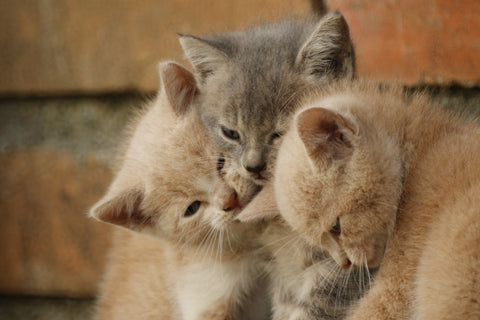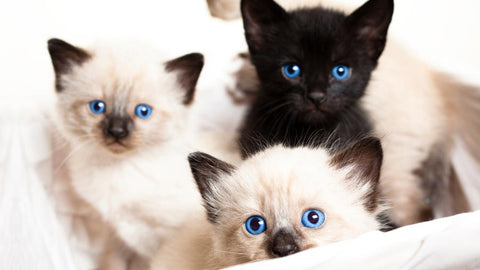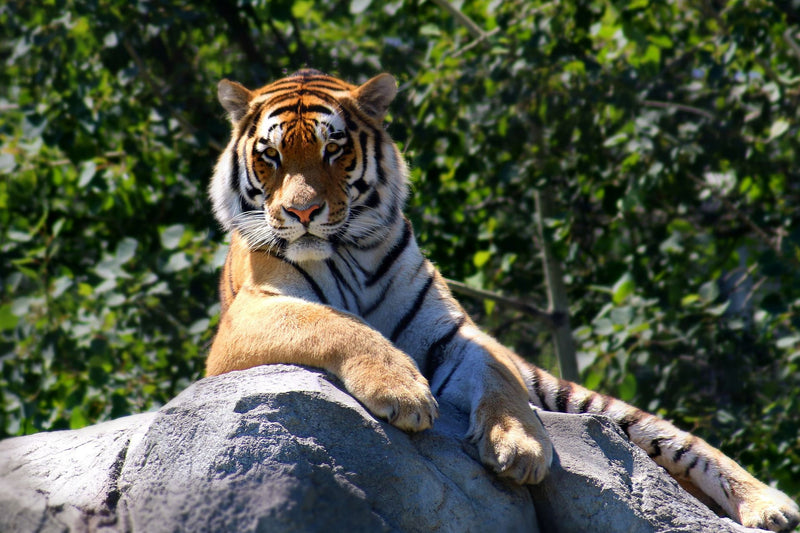
Background information
The progressive evolution of the common ancestor eventually led to the development of 37 modern cat species (Figure 1). According to ancient feline DNA analysis, the most recent wild ancestor of domestic cats in particular seems to be the African wildcat (lat. Felis silvestris lybica) (Ottoni et al, 2017).
As the evolution progressed bringing cats from the jungles into our homes, some domestic kittens inherited more or less DNA from particular wild relatives. The Basepaws Wildcat Index now offers you a way to see if your furry companion has more DNA in common with different wildcats in comparison to other domestic cats.
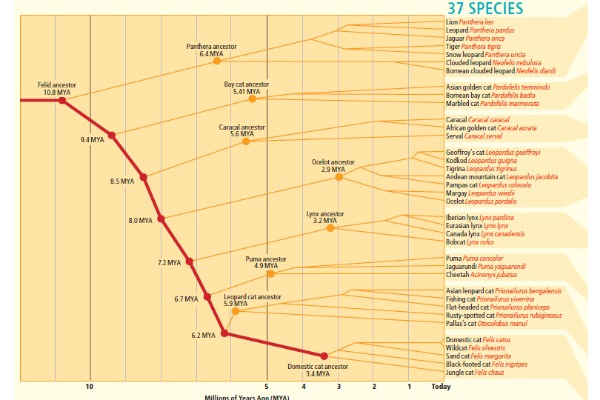
Figure 1: The Cat Family Tree (O'Brien & Johnson, 2007)
How does Basepaws calculate the Wild Cat Index?
After we sequences your cat’s DNA, we compare your cat’s genome to other cats from our database, big and small. For all the thousands of locations along your cat’s DNA that can be similar or different in wild and domestic cats, we record how many similarities your cat shares with different wild cats. According to this value we get from the comparative analysis, we rank all Basepaws cats according to similarity to wild relatives. The Wildcat Index is a percentage value (for each wildcat) that tells you how your cat ranks in similarity to the wild relatives against other Basepaws cats.
Note: The value from your cat's report may change in later versions of the report as our database continues to grow. For a more detailed insight into the process of your cat's DNA analysis, please read Behind The Scenes at Basepaws.
Wild Cat index interpretation
Wildcats that have been compared to your cat are listed in order of best match. If the percentage is higher than 50%, then your cat shares more DNA with this wildcat in comparison to the average domestic cats. If the percentage is less than 50%, then your cat shares less DNA with this wildcat than average domestic cats.
Please remember: Your cat’s highest match is based on ranking and should not be interpreted as your cat’s most recent wild ancestor. For more about cat ancestry, please visit this blog.
Reasons for high PERCENTAGE rankings
1. Random inheritance
High-ranking cats are a more closely related to a particular wild cat than the low-ranking cats. For instance, on average, house cats and lions share ~95.6% of their DNA. On an individual basis, all house cats should have values pretty close to this value, with some variations. While some cats might inherit more DNA in common with lions, others will inherit less.
This genetic similarity is a result of a random chance of inheritance. A kitten inherits half of its DNA from each parent, but the halves it receives are random combinations of their DNA. Because of this randomness, one ancestor will pass on more or less of their DNA than other ancestors to the offspring.
2. Hybrids
Sometimes, cats of different species cross and create hybrid kittens (i.e. Savannah cats, Bengals). An exceptionally high match could indicate that one of your cat’s recent ancestors was truly a wildcat or a hybrid cat. For instance, cats of the Savannah breed should have very high rankings in the Wildcat Index for Servals, as this wildcat is one of their recent ancestors. Please remember: We currently cannot distinguish if a high match resulted from the random chance of inheritance or the hybrid ancestry.
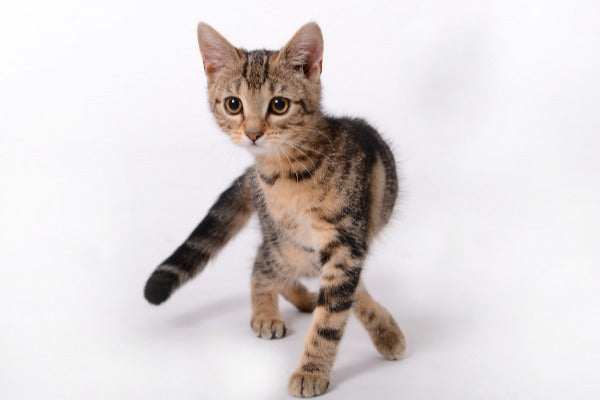
Savannah cat
Basepaws Wildcat Index is a unique genetic test that compares your cat’s DNA sequence to different wildcats. This part of our report tells you which wildcats your cat is most related to in comparison to other house cats.
References
1. Ottoni, C et al. (2017). The palaeogenetics of cat dispersal in the ancient world. Nature Ecology & Evolution 1.
2. O’Brien S. J. & Johnson W. E. (2007). The Evolution of Cats. Scientific American. p. 68-75.


